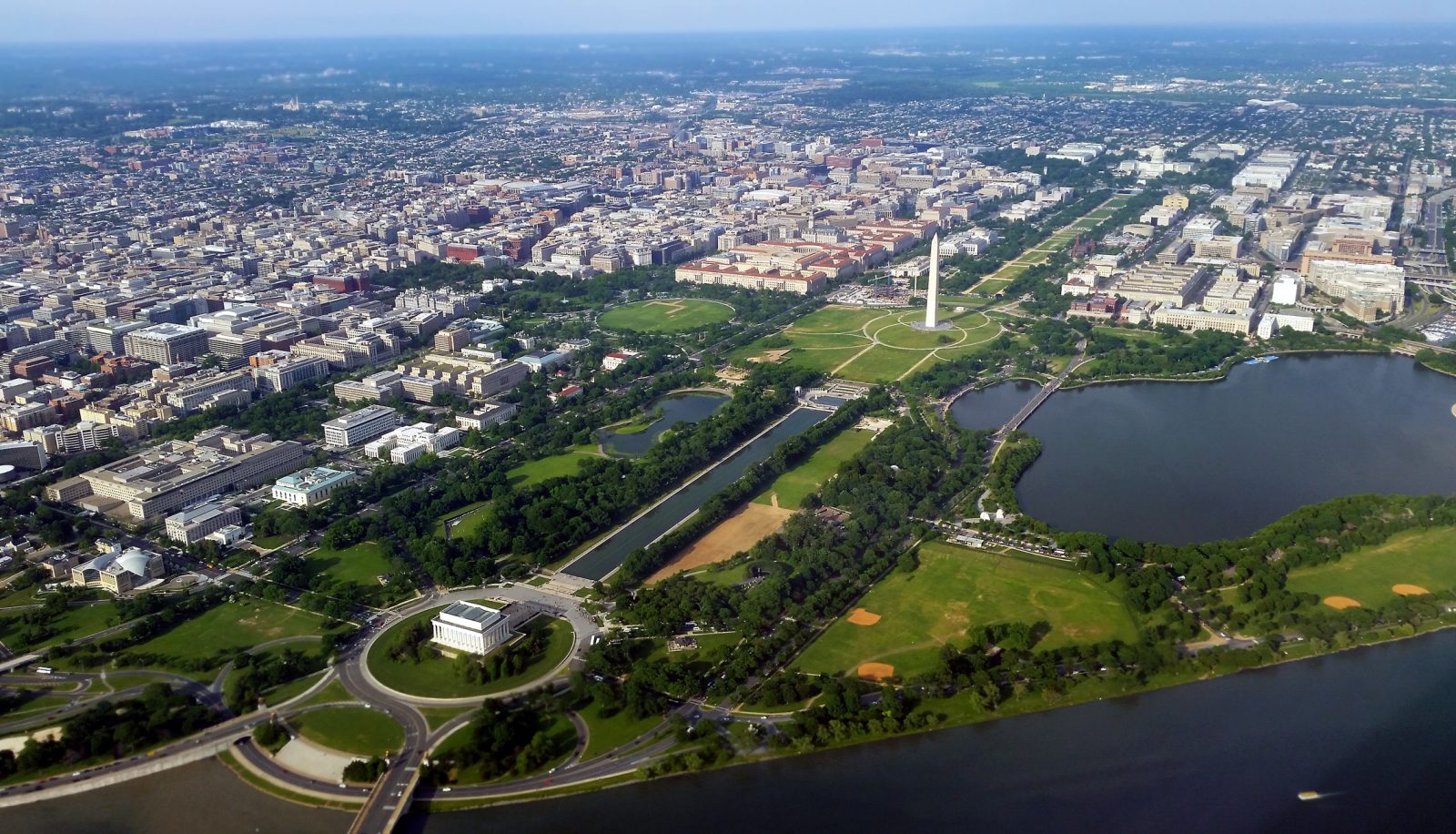But the staying power of these tunes will be tested at the Iowa State Fair this August and well into next winter when Hawkeye State caucus-goers lay the groundwork for the front-loaded primaries in New Hampshire, Nevada, South Carolina and California.
Perhaps Frank Sinatra or Tony Bennett have some sway in Iowa since the state is among the top ten with the largest population over 65.
Consider, though, as Michelle Cottle eloquently observed on the New York Times editorial page following the Democrats’ Iowa auditioning, the skew to older voters is just one aspect of letting Iowa lead the lopsided, nonsensical, distorted, imperfect and cockeyed system for choosing a party nominee. The state has “outsized and unwarranted influence over the nomination process,” she writes, leading to a “parade of pandering.” She notes that in 2016, with all the attention heaped on Iowa, only 16 percent of the state’s eligible-to-vote population actually caucused.
Interestingly, in the Granite State, the median age is the second oldest in the nation but New Hampshire is well-to-do with the highest median income, 36 percent above the national average. But their voters are schooled well with test scores among the top in the U.S. And hip-hop may flop here with a population that is 91 percent white.
It is quite a contrast to South Carolina where the black population is 28 percent (among the states with the largest share of this demographic group.) But candidates here must appeal to such challenges as a median income 18 percent below the national average and a poverty rate higher than the national average. The Palmetto State is among the highest in the U.S. with residents lacking health insurance and among the lowest with college graduates.
Yet South Carolina is the second favorite destination for households relocating from other states. Canvassers take note though: these newbies are typically white, conservative, evangelical Republicans. And they are old. The fastest growing segment in the state is at least 85. And by the end of the next decade South Carolinians over 65 will outnumber the school-age population.
Nevadans, though, are among the nation’s least religious, perhaps in line with a trend across the entire U.S. of disaffiliation with faith and less frequency of worship. (Data show the growth in this demographic – currently rising as a share of the population in every region of the U.S. – could signal a higher voter turnout among those casting in favor of liberal candidates or Democrats.) Nevadans’ income is eight percent below the national average and less than one in four have a college degree.
California is an entity of its own, home to one of every eight U.S. residents; 38 percent white, 39 percent Hispanic and more than a quarter of its population native to a foreign land. Every fifth Californian is at or below the poverty line, driven in part by high housing costs. Fact: 70 of the priciest 100 zip codes for housing in the entire U.S. are in the Golden State.
One could easily conclude there is no logical rhyme or reason for this process of winnowing presidential nominees on the political equivalent of a hopscotch grid. Why this particular quintet of states to set the table? Might it not be better to design a system more reflective of the electorate overall?
For 2020 anyway, war room strategists on the campaign trail are fine tuning the lyrics in these frontloaded battlegrounds, pairing playlists to demographics that appeal to voters’ age, race, gender, ethnicity, income bracket, zip code, religion and labor force affiliation. It is a frustrating and puzzling exercise, but the enduring melodies as winter turns to spring may well be music to the ears of those dancing at the next Inaugural balls.
